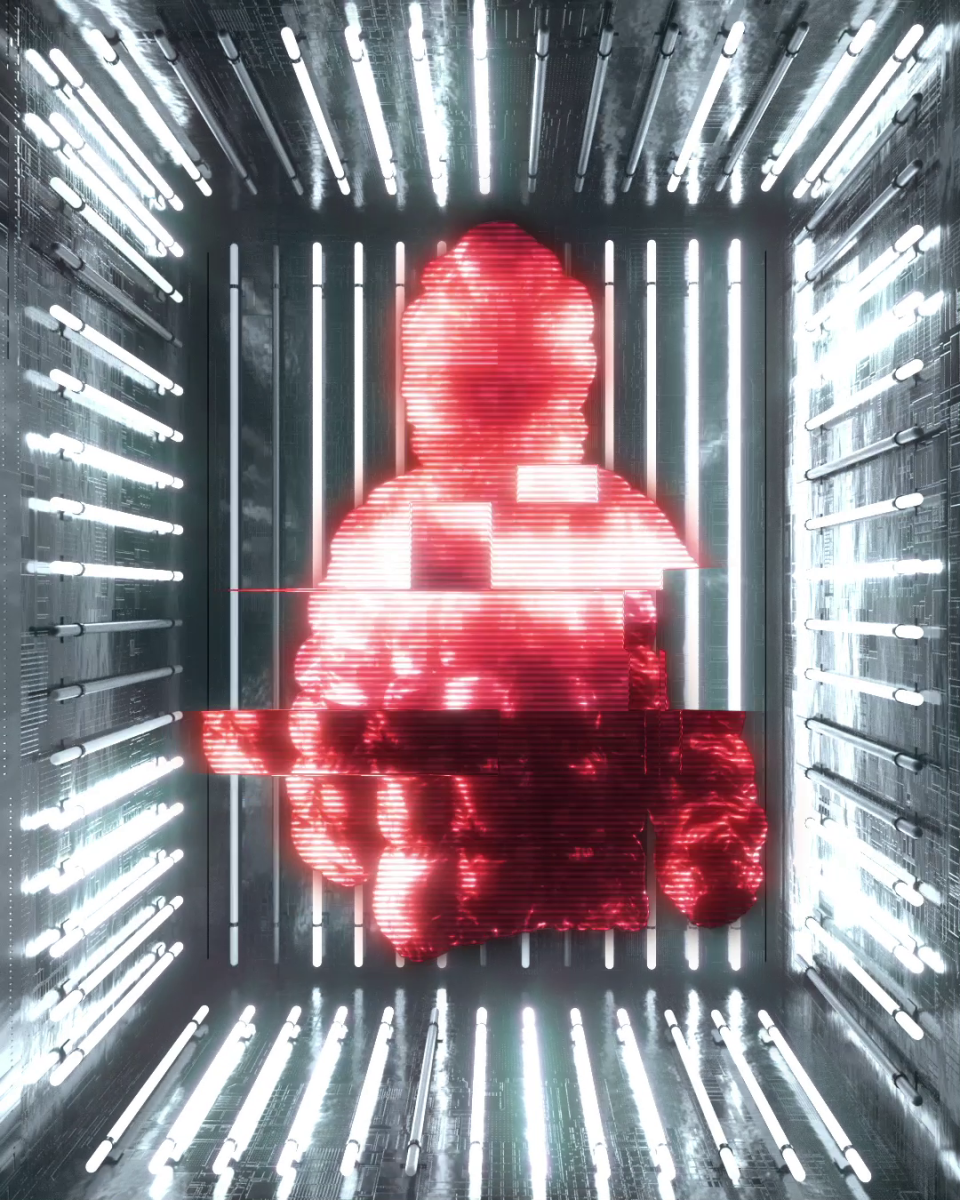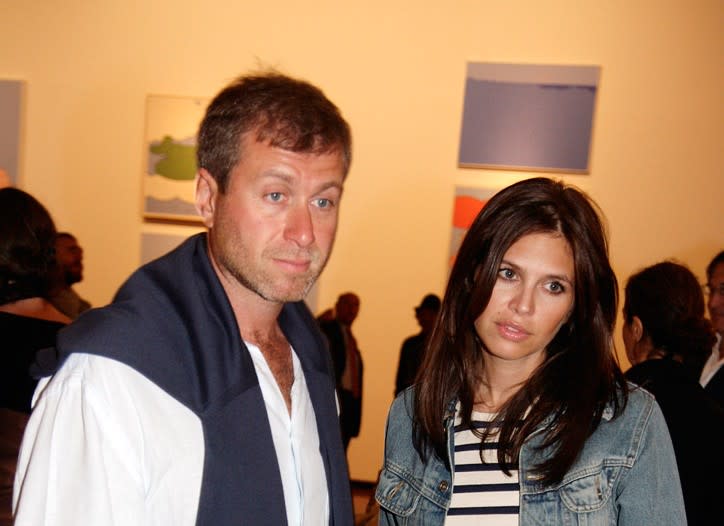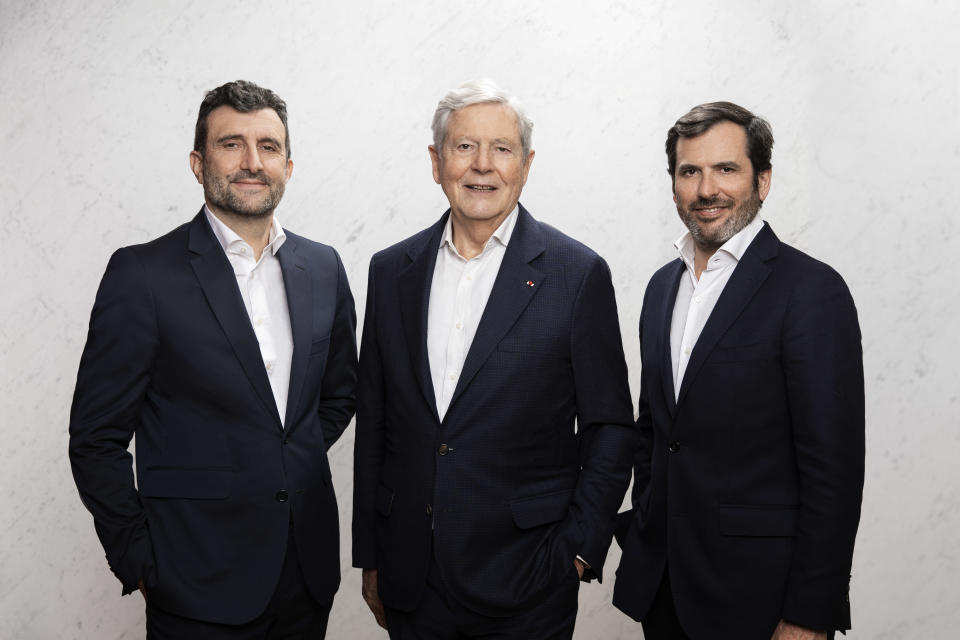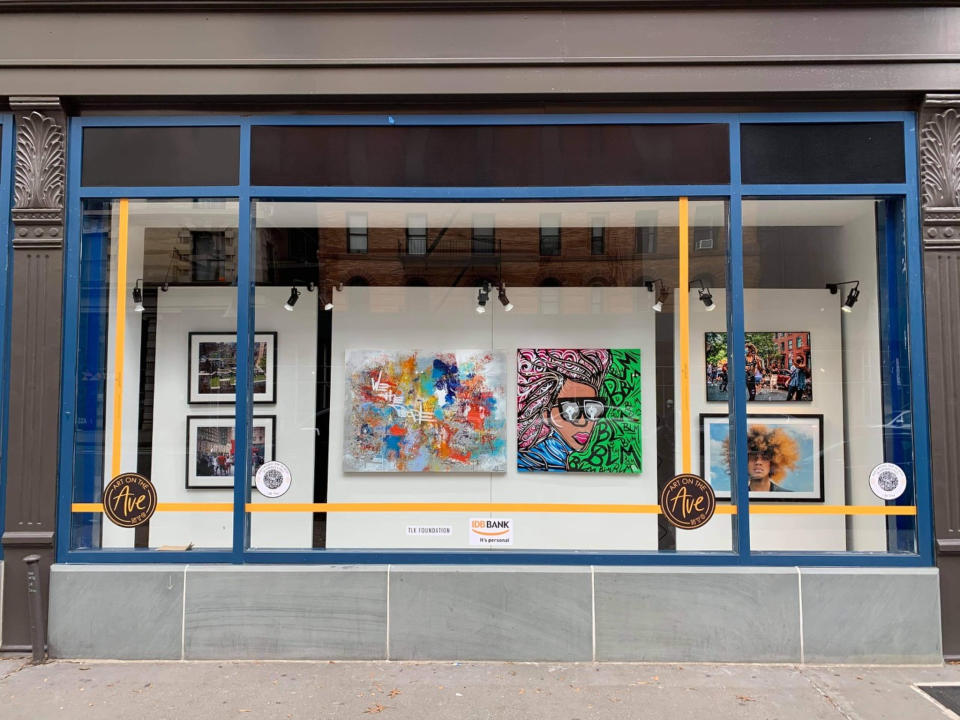Diesel’s New NFT, UK’s Oligarch Crackdown, La Redoute Changes
- Oops!Something went wrong.Please try again later.
- Oops!Something went wrong.Please try again later.
- Oops!Something went wrong.Please try again later.

NFT GALORE: Diesel’s aim at the metaverse is becoming more serious.
After launching a new sneaker style called the Prototype, which was released as an NFT designed by digital fashion house The Fabricant and marketed via start-up platform and NFT marketplace neuno.io, the star brand of the OTB group founded by entrepreneur Renzo Rosso is launching D:Verse, a platform dedicated to Diesel and NFT enthusiasts.
More from WWD
It will offer limited-run NFT editions of runway pieces to be purchased along with actual fashion starting with items fresh off the fall 2022 catwalk, which marked the first physical show since Glenn Martens took over the creative helm of the brand.
Additionally, D:verse was conceived as a community-driven space allowing owners of Diesel NFTs to mingle and engage with one another via a dedicated channel on Discord, the gamers-minded instant messaging platform. Members of the D:verse community will also be granted access to discounted NFT pre-sales, raffles, airdrops and metaverse wearables, as well as previews of the brand’s upcoming projects.

Courtesy of Diesel
The kickoff NFT offering includes a faux fur and puffer jacket, a sneaker style and a leather bracelet. The sneaker style, a new NFT of the Prototype design, will be issued in a colorway selected by Diesel’s community of NFT owners through a voting system.
Marking the initiative, Diesel is auctioning the faux fur jacket, made of shredded denim, as a one-of-a-kind collectible NFT on Saturday on digital auction house Rarible.

Courtesy of Diesel
Available in a limited run until they sell out, all the NFTs can be purchased via regular money or cryptocurrencies on the dedicated Diesel NFT online store. The general sale starting on Saturday will run for 55 hours, but early subscribers to the D:verse platform will be offered a presale window.
Several brands are tapping into the NFT world and building their own metaverse-friendly fashion. Last week, John Richmond revealed it will drop NFT versions of its collection to be presented during Milan Fashion Week in September, while Plein Sport relaunched as a metaverse-native brand offering a first drop of sneakers that come in NFT iterations, too. Nigo’s first limited-edition capsule for Kenzo also had an NFT counterpart. — MARTINO CARRERA
THE PARTY’S OVER: They were London’s gilded class, living in multimillion-pound mansions in the leafiest parts of the capital, splashing their wealth on Bond Street, and sending their children to the country’s finest boarding schools.
Now, they can no longer enter Britain, entertain in their lavish homes, or even slurp oysters at the oligarchs’ favorite dinner spot, Novikov, in Mayfair.
On Thursday, the U.K. government said it was sanctioning seven Russian oligarchs who have a collective net worth of 15 billion pounds. The businessmen made their fortunes inside, and outside, Russia, and bowed to the demands of Vladimir Putin.
Among the most famous names on the British government’s much-anticipated list is Roman Abramovich, who is in the process of selling his football team Chelsea FC, and who ranked at number eight on The Sunday Times of London Rich List 2021.
His wealth has been estimated by the newspaper at 12.1 billion pounds, with at least 200 million pounds tied up in property. The money comes from the steel and mining giant Evraz, which is quoted on the London Stock Exchange. Shares in the company were suspended following the news of the sanctions.
Abramovich’s assets have been frozen, and he is prohibited from transacting with U.K. individuals and businesses. He is also subject to a travel ban and transport sanctions, which means he cannot sail so freely anymore on his super-yacht “Eclipse,” or zip around in his Boeing 767.

Giovanni Giannoni
The U.K. has also stung Abramovich’s onetime business partner, the leading industrialist Oleg Deripaska, who has been sanctioned with the same measures. Deripaska has stakes in En+ Group, an Anglo-Russian green energy and metals company that specializes in the production of low-carbon aluminium.
Others who’ve been ensnared by the U.K. include “Putin’s right-hand man,” Igor Sechin, chief executive officer of Rosneft, the Moscow-based oil company, and four more of the Russian president’s inner circle. They have all been targeted with a freeze on their assets and travel bans, according to the government’s statement.
The U.K. is planning further crackdowns: It said a new Economic Crime Bill will come into force next week that will allow the government to move “further and faster than ever” on sanctions.
The new bill will also stop oligarchs threatening the U.K. with multimillion-pound lawsuits for damages at the taxpayer’s expense, the government said. The suits often stem from libel cases against newspapers, journalists and authors.
Others on the sanctions list are Andrey Kostin chairman of Russia’s state-owned VTB bank; Alexei Miller, chief executive officer of the Russian state-owned energy company Gazprom; Nikolai Tokarev, president of the Russia state-owned pipeline company Transneft; and Dmitri Lebedev, chairman of the board of Bank Rossiya, which is based in Saint Petersburg, Russia.
British Prime Minister Boris Johnson said there can be “no safe havens for those who have supported Putin’s vicious assault on Ukraine. We will be ruthless in pursuing those who enable the killing of civilians, destruction of hospitals and illegal occupation of sovereign allies.”
Many of those on Thursday’s sanction’s list are already subject to similar measures in the U.S. and the European Union, and some newspapers here have speculated as to why it took the U.K. so long to rein in the oligarchs, who have been living and doing business here since 1994.
It was the former British Prime Minister John Major who set up a special visa scheme for big investors, and since then Labour and Conservative governments alike have welcomed ultra-rich Russians into the country without probing where, exactly, their money was coming from — and how they were spending it.
The Sunday Times of London pointed out in a story last weekend that 92 “golden visas” have been handed to Russians since 2018, the same year that Russian secret agents, operating on British soil, poisoned at least three people, killing one.
Life could get even tougher for rich Russians with ties to Putin who are living and investing in the U.K.
Nickie Aiken, a member of parliament, believes the government sanctions should extend to private education, and that some Russian students should be sent back home.
“Why should the children of Putin’s cronies benefit from an education in this country when Ukrainian children are being murdered?” she told news outlets including the Mail Online.
“It’s about telling oligarchs they can’t enjoy this lifestyle while the people of Ukraine suffer,” Aiken said. — SAMANTHA CONTI
ALL CHANGE: The Galeries Lafayette group and La Redoute announced executive changes at the helm of La Redoute as the French retail group moves toward full ownership of the e-commerce and catalogue pure player in which it has a 51 percent stake.
An exact timeline for these changes was specified, but it is understood to be taking place in the coming months.

Thibaut Voisin/Courtesy of Galeries Lafayette
La Redoute’s current deputy managing director, Philippe Berlan, is slated to become chief executive officer, taking over from exiting co-CEOs Nathalie Balla and Eric Courteille, who have been at the helm since they purchased the catalogue business from its then-owner Kering in 2014. They sold a majority stake to Galeries Lafayette in 2017 as part of the group’s plans to accelerate its digital offering.
A graduate of France’s Ecole des Mines de Paris, Berlan has more than 25 years of experience in the retail industry. He joined La Redoute in 2012 after holding managerial positions at food retail group Casino, and fashion labels Petit Bateau and Lancel.
Philippe Houzé, executive chairman of the French retail group, lauded Berlan’s track record, stating that he’s “actively helped to transform” the business and would be an asset “as [the group] seeks to maintain the trajectory of this leading French e-commerce company.”
A household name in France, La Redoute had clawed back relevance after transforming from a traditional French catalogue business selling a broad range of clothing and furniture to a pure player online business. Up to 90 percent of its business came from online sales, it had stated at the time of its purchase by Galeries Lafayette.
Its own-brand items, including collaborations, also contributed to its recovery. In the joint statement announcing Berlan’s nomination and its intention to grow its stake, La Redoute indicated that 70 percent of its 2021 turnover could be attributed to its products and brands. — LILY TEMPLETON
BEYOND THE FRAMES: Art is in abundance in the museums, galleries and public installations in New York City, but it is also increasingly cropping up in some unexpected ways.
Art on the Ave NYC, a community-based initiative that supports local artists and helps revitalize pandemic-stricken neighborhoods, is branching out. Having first put art in vacant storefronts along Columbus Avenue on Manhattan’s Upper West Side in November 2020, the group is seeking new work for this year’s initiative. The first time, art was showcased in about 10 locations including several businesses that were open and offered window space for the initiative, according to founder Barbara Anderson.

Courtesy
Given the fluidity of retail in New York City, Art on the Ave NYC “really doesn’t know which locations it will have until the week before and sometimes the morning of,” she said. “That’s the excitement and the challenge. It’s a difficult job for curators as well, when you’re imagining where these pieces are going to be placed. But you don’t quite know for sure, if you’re going to have that space.”
In addition, the windows of vacant spaces are often covered with paper so Anderson and her team often don’t know what specifically they will be working with until they go in to install the work. After the inaugural Upper West Side installation called “The Art of Healing,” Art on the Ave staged “Awakening” themed work in the West Village and then one titled “Resiliency” in lower Manhattan. Art was also installed in the vacant retailers in Fulton Center. Typically 20 artists are selected by the team of curators with underrepresented artists being of particular interest, Anderson said.
For the next week, “Intersection” art is on view in empty storefronts in Midtown East, a neighborhood that has been especially hard hit by retail vacancies due to area companies’ delayed return-to-office plans office. Nearly 30 percent of the retailers in the neighborhood and around Grand Central were vacant as of last summer, according to the Real Estate Board of New York.
Art on the Ave NYC is planning its next Upper West Side show and that will be followed by a Hell’s Kitchen effort in the fall. The group is considering expanding into the city’s other boroughs, according to Anderson, a former middle school art teacher, who works on the project with her daughter Jackie Graham.
The organization often works with Business Improvement District leaders to facilitate contact with business developers. The art shows typically are executed with a budget between $50,000 and $75,000. “Lots of people” from art groups in other places including Atlanta, Boston and the U.K. have reached out to Anderson about how they might do something similar.
Noting how that more than 60 percent of the vacant Upper West Side stores that showcased art last year were rented within six months, Anderson said she doesn’t believe that happened because they had art. But some property owners said that the art helped raise interest and have asked that the community art be featured in other empty spaces. Art on the Ave NYC declined the latter request, since it targets specific neighborhoods and is community-based. While Manhattan’s retail is better than it was a year ago and Columbus Avenue’s vacancy rate has improved, “there are definite areas that are going to have to come up with some pretty creative solutions for the huge vacancy issues they have,” Anderson said. — ROSEMARY FEITELBERG
Best of WWD
Sign up for WWD's Newsletter. For the latest news, follow us on Twitter, Facebook, and Instagram.

